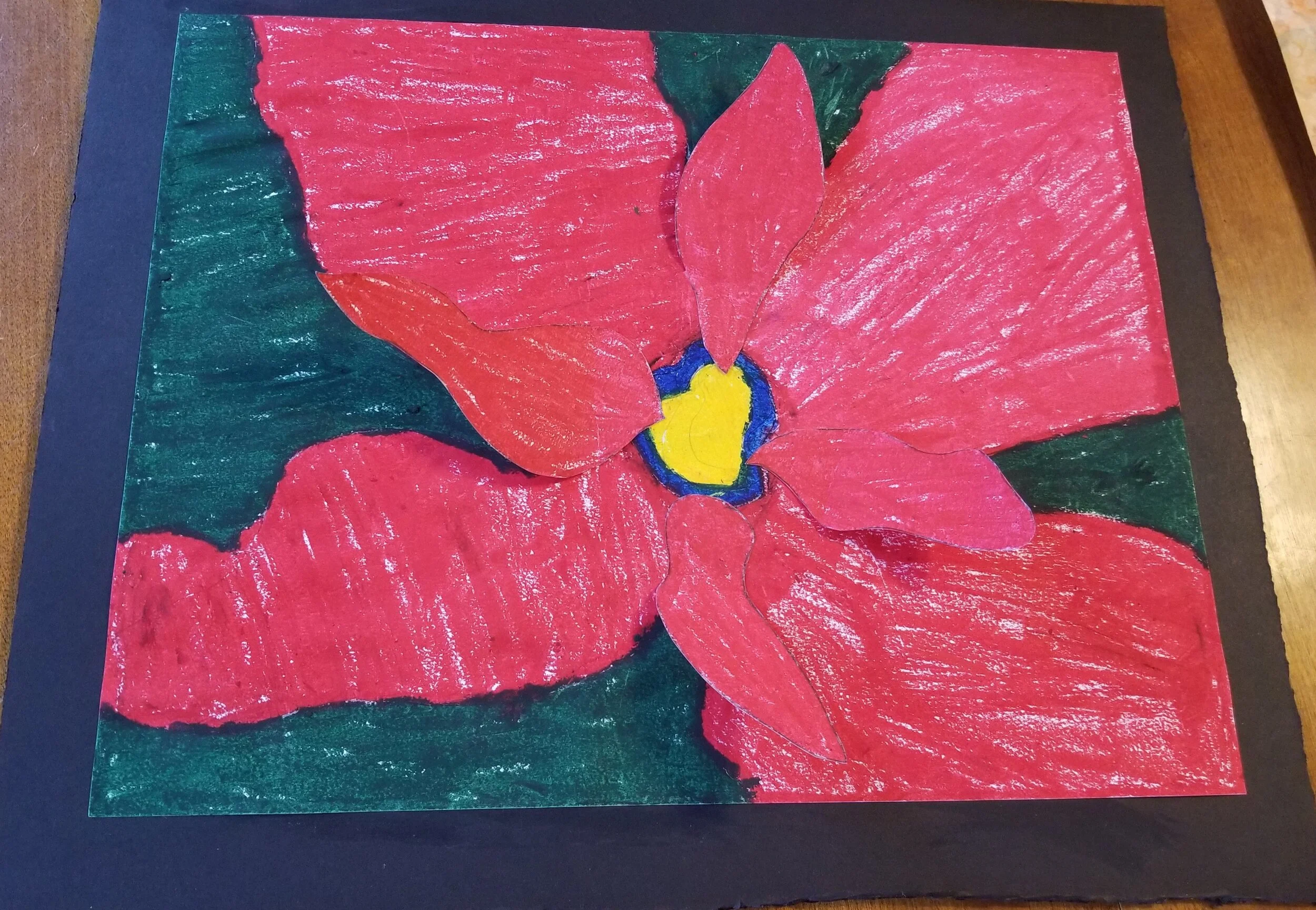Worth A Thousand Words
Seeing a person take pen and ink, charcoal, or chalk or any other variety of art supplies and create a piece of art, for me, is amazing. My grandfather was an artist, and given his simplistic Amish background, I am doubly amazed at his imagination and ability to put his musings onto paper. It’s interesting, I don’t consider myself at all artistic, since my ability is putting words onto paper, and doesn’t seem nearly as impressionable as a picture. It is said, “a picture is worth a thousand words.”
Do you believe that? Have you ever looked at a picture and then try to describe what you see within the frame?
I took a class in college where we were expected to know over one hundred pieces of art, the creator and location of the pieces. It involved sculptures and ornate buildings across the world. I found myself studying intently for hours, considering I didn’t have any background on the matter, and still I didn’t do as well as I’d have liked.
I’ve found while that kind of knowledge is useful, I find the best way to remember something about a picture or painting is to have a passion about what I’m seeing. In my college class, after we visited a museum, we had to pick a piece and write on it. The painting I chose was actually one from a sequence of paintings by Thomas Cole: “The Voyage of Life: Old Age.” The painting depicted the journey of life filled with surprises, pain, and issues that leave us “rough around the edges.” There are jagged rocks and rough waters to upset our “boat” leaving us beleaguered and battered. Yet, despite all we endure, there is hope of eternal life for those who believe.
In addition to a “life journey” it also personifies our young, ambitious country at that time in history. The United States according to John L. Sullivan on “Manifest Destiny, 1839” wrote: “…we are the nation of progress, of individual freedom, of universal enfranchisement.” His views shared by many, were that the new Americans were “God’s Chosen People,” destined to establish a New Israel. This became a central theme as politicians moved Native Americans off their land and colonists moved further and further west, to the promise of wide open spaces and the divine right to a transcontinental nation.
This tells me artwork, like beauty or any other perceived idea, is in the eyes of the beholder. While I understand this painting in this way, and the artist is said to have strong feelings about Manifest Destiny, ultimately it’s what we bring to the painting that determines our own feelings and perceptions. If we come to a drawing with anger and cynicism, then our perception is likely to be different than had we come with optimism and hope.
Art is around us in so many forms. We need, however to be open to see it. Not everyone even agrees with what art is. Modern art is often scorned by a traditionalist, while the progressive can’t understand why we aren’t moving into the next century! A child’s artwork is valued as a treasure by a parent or grandparent, but mocked by someone who has no connection to it, as being just “some silly child’s drawing.”
How do you perceive art? Is your taste broad and visionary, or narrow and traditional? Do you love some art and hate others? Are there artists you love, but others you loathe? Is art nothing more than a feeling, for the person seeing it? Why is a picture said to be “worth a thousand words?”
